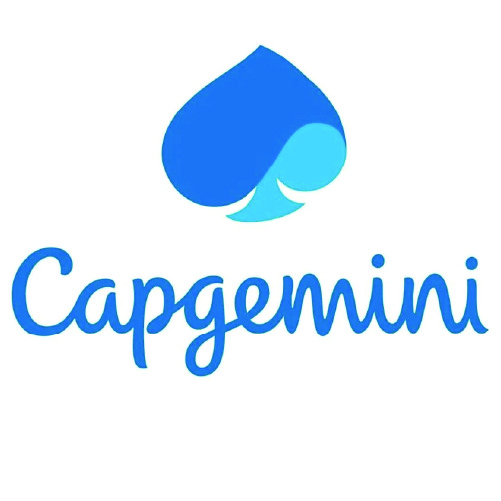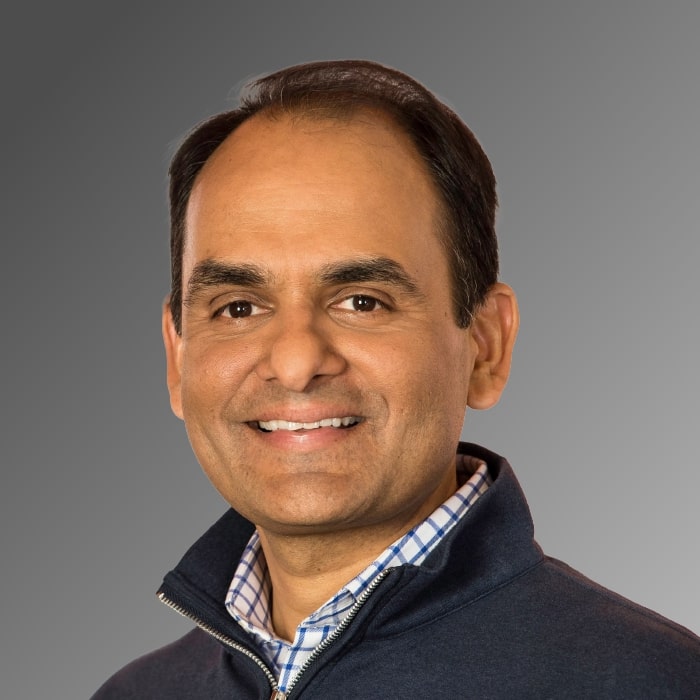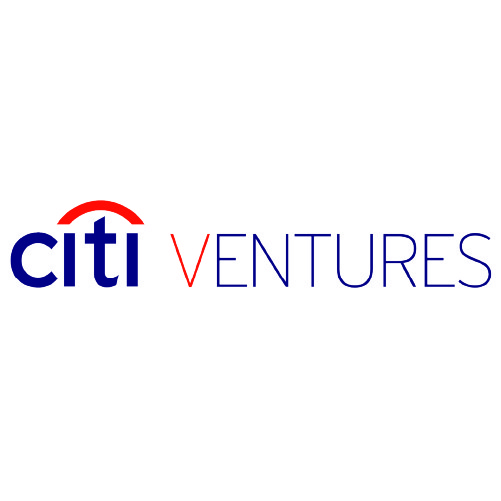Innovative Odyssey: Bringing Law to Boundless Ventures
May 15, 2024
Interviewed by Nicolas Sauvage on September 29th, 2022
In the fast-paced world of technology and innovation, the path to success is often as diverse as the solutions being developed. Ornit Shinar, global head of External Innovation and Venture Investing at Citi spoke about her journey into corporate venture through legal practice. Corporate Venturing Insider explored how, from her early days working for the Israeli Supreme Court to her current role as a driving force at Citi, Ornit’s story exemplifies the fusion of diverse skills and a keen sense of adaptability.
From Law to Investing
Shinar’s professional expedition commenced with her immersion in the legal profession, a foundation that endowed her with structured thinking and the art of pertinent interrogation. Her impressive resume includes stints with the Israeli Antitrust Authority and a noble endeavor combating political corruption through an NGO. However, Israel’s entrepreneurial ecosystem developed, she later joined a startup that gave her invaluable entrepreneurial experience. This marked the pivotal juncture that set her on a trajectory that would intertwine her legal acumen with the dynamic world of technology.
“Law builds you up in a manner that you can understand with many different stakeholders, many different clients, many different cases,” explained Ornit. “And if you’ve done corporate law, then you know how to also set up term sheets and investments, you understand the structure, the legalese, and the negotiation.”
Ornit’s emergence onto the tech scene was further solidified through her collaborations with industry giants like Sony, LightSpeed Ventures, and Citi. These partnerships provided her with an invaluable vantage point, enabling her to comprehend the intricacies of both startup operations and investment strategies. Citi’s proposition to initiate a cooperative program with startups further validated her expertise, as she adeptly facilitated this initiative for a successful duration.
Now leading Citi’s investments in Israel, Ornit’s responsibilities expanded yet again to encompass the global external innovation practice for the company’s innovation labs. Leading a team of 10 professionals, her purview now includes sourcing innovation across the globe, aligning seamlessly with Citi’s forward-looking vision.
Diversifying Skills
“When you’re looking to invest in a good entrepreneur, you want someone who has the passion, the vision, and maybe the humility to know that they don’t have all the answers yet and that some of the answers they currently have will change with time,” says Ornit. “It’s less about having all the right answers and more about having what it takes to find all the right answers as they go.”
Ornit credits her legal background for her ability to navigate this landscape. Structured thinking and the aptitude to pose the right questions contribute to her superpower, active listening, which is an invaluable trait in CVC. This approach hinges on comprehending stakeholders’ concerns and tailoring proposals to address them, fostering trust and credibility. And that doesn’t just go for relationships with stakeholders; it’s equally applicable to entrepreneurs. Ornit explains how establishing a personal connection with founders before investing is yet another cornerstone of her strategy, recognizing the enduring commitment akin to a long-term partnership.
Entrepreneurs Deserve a Good ‘No’
Ornit recounts an insightful anecdote about a VC’s repeated positive feedback that ultimately did not culminate in an investment. This narrative reinforces her conviction that entrepreneurs should be given a platform to voice their vision uninterrupted without the cloud of skepticism. It’s simply another testament to her philosophy of fostering an environment where innovative ideas can truly flourish.
“One of my first conclusions was that I will never ask someone to create something for me unless I have a real conviction,” Ornit said. “I may not be able to get the approvals, but I’m working toward it ,and I’m side-by-side, shoulder-to-shoulder working toward getting the investment through as well.”
The concept of delivering a “good no” holds profound significance in the venture capital space. Every entrepreneur, regardless of the outcome, deserves a respectful and well-explained rejection. While it might seem counterintuitive, providing a thoughtful “no” will foster a culture of trust, mutual respect, and long-term collaboration benefiting both entrepreneurs and corporations alike.
External Innovation
Companies should embrace external innovation to expand their horizons and liberate themselves from self-imposed boundaries, Ornit said. She draws an analogy between the inhibited outsiders and the constraining “box” that insiders often find themselves in. Outside innovators, unburdened by the parameters and mores, can think, experiment, and create freely. Their ignorance of the “box” leads to groundbreaking insights and novel solutions. By neglecting the vast expanse beyond their borders, corporations can miss out on unexplored technologies, unconventional ideas, and paradigm shifts that can catapult them.
“Groupthink takes over at some point within large organizations because we have similar educations, because we’ve been beaten over our head in the same way, because we’ve been groomed to speak in a certain manner, to act in a certain manner,” said Ornit.
She touches on cognitive diversity, warning large corporations not to fall into the trap of uniformity despite their diverse hiring practices. Infusing fresh perspectives into the decision-making process is imperative. The value of external innovation lies not only in the innovative solutions brought in but also in the diversity of thought it injects into the organization’s DNA.
Yet, external innovation encounters formidable challenges on its path to integration. The hurdles start with internal resistance and skepticism. The “not-invented-here” syndrome Ornit brings up is a recurring obstacle stemming from a belief that the internal teams are best suited for the job. Winning this battle lies in convicting internal stakeholders, including those most resistant to change, to embrace external innovation.
Collaboration as a Superpower
The concept of concurrent investments from multiple CVCs within a single startup, as two distinct lines on the cap tale, might initially seem intricate. But it’s a strategy that offers a wealth of advantages, Ornit explained. Citi collaborates with different internal groups to bring the most value to its entrepreneurs. The company has one entity that is investing around institutional corporate group entities within and another that is doing the investments in the rest of the organization.
As Ornit said, having two CVCs within brings “double Citi goodness” since they each bring their unique vantage points and expertise to the table. This creates a supercharged alliance that propels the startup’s growth.
“Investors are typically of one or the other, so I’m in this pretty unique position in Citi where I invest for both entities. But I think pretty much everyone else is working for either one or the other, so they know what their parameters are, what their guardrails are, etc.,” Ornit noted.
Innovation Labs, Citi’s newest entity, embarks on a twofold mission of developing groundbreaking solutions and nurturing external innovation. Born from the realization that the “next big thing” often transcends predetermined frameworks, these labs emerged as hubs of unbridled ideation. In contrast to traditional R&D departments, labs operate with the liberty to probe unknown territories and chart unexplored paths.
By championing the philosophy of active listening, respectful rejection, and cognitive diversity, Shinar is paving the way for a future where external innovation and collaborative ventures reshape the corporate landscape.

 Cultivating humility is paramount, regardless of whether you're an investor or an entrepreneur. The pursuit of knowledge should be an unwavering commitment, acknowledging that there's always room to embrace novel insights.
Cultivating humility is paramount, regardless of whether you're an investor or an entrepreneur. The pursuit of knowledge should be an unwavering commitment, acknowledging that there's always room to embrace novel insights. 



















